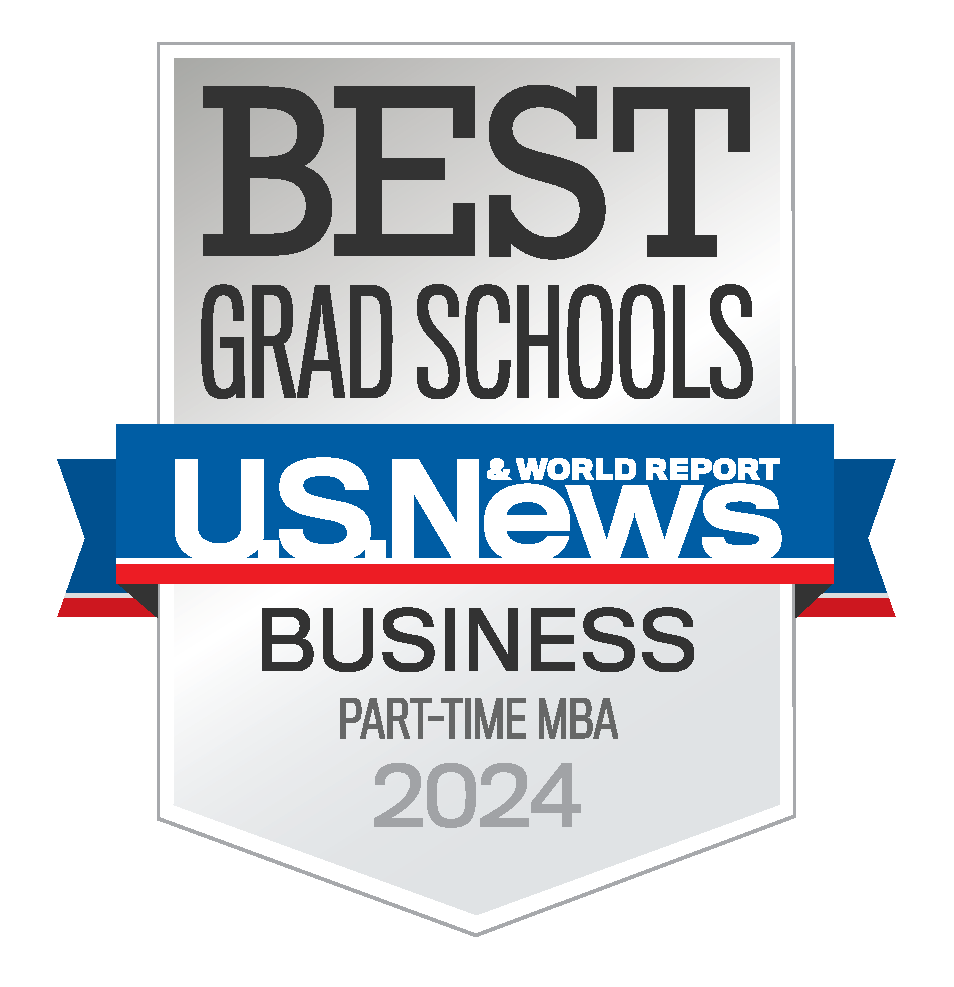Crain's Detroit Business: Marick Masters on benefits of an aging workforce
For more than a decade, labor academics and human resource executives have been preparing for the "next" generation — from the millennials, now the largest working population, to the newest members of the workforce, Generation Z. But older Americans are increasingly working later into life. While roughly 10,000 baby boomers a day will reach retirement age between 2011 and 2029, only about 5,900 a day are retiring. More than 265,000 Michiganders 65 years old and older were in the labor force in 2018. That's up from just 160,000 in 2010 and 163,000 in 2005, according to data from the U.S. Bureau of Labor statistics (BLS). Next year, 26 percent of the U.S. workforce will be 55 years old and older, compared to only 14 percent in 2002. More so, labor force participation is expected to grow the fastest through 2024 among workers aged 65-74 and those 75 and older, according to BLS. Local experts urge employers and the younger labor force to embrace older workers as a boost to the economy and to prevent the fallout of an aging country — which puts pressure on public services and the health care industry as well as pummels economic growth. An aging workforce presents ample opportunities for business, said Marick Masters, interim chair of the department of finance at Wayne State University and professor of management. "Having an older workforce provides great opportunities for building institutional capital in the workplace," Masters said. "Between great mentorship and the ability to experiment with working arrangements, productivity is boosted." Masters pointed out that younger generations, particularly millennials, demand flexibility as many have started families and want more time to work off site. Older workers, whose children are likely grown and out of the home, provide an ample stopgap in hours where younger workers may have other responsibilities.



